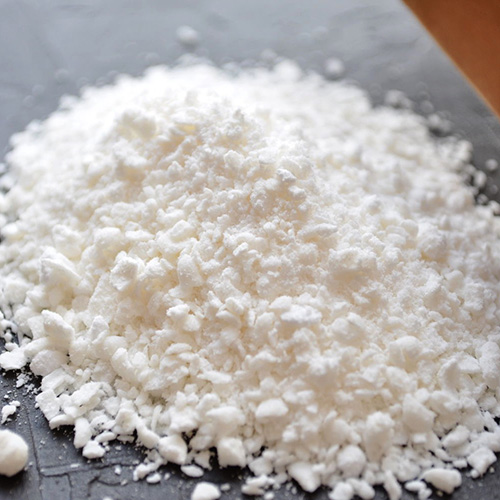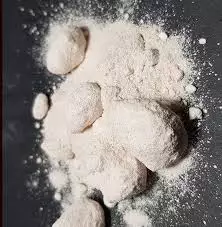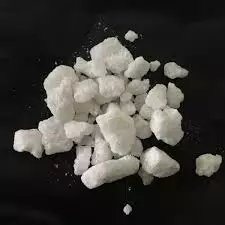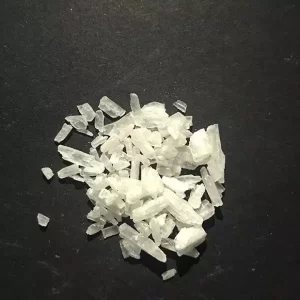Description
Buy Ketamine HCL Powder online
Ketamine Powder is a drug used primarily in anesthesia. Other applications include chronic pain and sedation in intensive care.
Ketamine HCL Powder produces an abrupt high that lasts for about an hour. It starts around 2 to 5 minutes after the dose has been smoked or swallowed. With injection, it happens around 30 seconds after the injection has occurred.
The first feeling of the high the user will get is an overwhelming feeling of relaxation, sometimes described as a full-body buzz. Some users feel like they’re floating and some even describe it as being out of their bodies. Many experience hallucinations that can last longer than the anesthetic effects.
Higher doses can produce more intense effects, with users reporting complete and utter detachment from their bodies. The effects are similar to those described by people who have had near-death experiences, and it’s described as being in the “K-hole”.
You can buy Ketamine Powder online cheaply.
Ketamine hydrochloride is a nonbarbiturate anesthetic chemically designated (�)-2-(o-Chlorophenyl)-2-(methylamino) cyclohexanone hydrochloride. It is formulated as a slightly acid (pH 3.5 to 5.5) sterile solution for intravenous or intramuscular injection in concentrations containing the equivalent of either 50 or 100 mg ketamine base per milliliter and contains not more than 0.1 mg/mL benzethonium chloride added as a preservative. Ketamine hydrochloride has a molecular formula of C13 H16 ClNO � HCl, a molecular weight of 274.19 CLINICAL PHARMACOLOGY
Ketamine is a rapid-acting general anesthetic producing an anesthetic state characterized by profound analgesia, normal pharyngeal-laryngeal reflexes, normal or slightly enhanced skeletal muscle tone, cardiovascular and respiratory stimulation, and occasionally transient and minimal respiratory depression.
A patent airway is maintained partly by virtue of unimpaired pharyngeal and laryngeal reflexes. (See WARNINGS and PRECAUTIONSSections.)
The biotransformation of ketamine includes N-dealkylation (metabolite I), hydroxylation of the cyclohexane ring (metabolites III and IV), conjugation with glucuronic acid, and dehydration of the hydroxylated metabolites to form the cyclohexene derivative (metabolite II).
Following intravenous administration, the ketamine concentration has an initial slope (alpha phase) lasting about 45 minutes with a half-life of 10 to 15 minutes. This first phase corresponds clinically to the anesthetic effect of the drug. The anesthetic action is terminated by a combination of redistribution from the CNS to slower equilibrating peripheral tissues and by hepatic biotransformation to metabolite I. This metabolite is about 1/3 as active as ketamine in reducing the halothane requirements (MAC) of the rat. The later half-life of ketamine (beta phase) is 2.5 hours.
The anesthetic state produced by ketamine has been termed �dissociative anesthesia” in that it appears to selectively interrupt association pathways of the brain before producing somesthetic sensory blockade. It may selectively depress the thalamocortical system before significantly obtunding the more ancient cerebral centers and pathways (reticular-activating and limbic systems).
Elevation of blood pressure begins shortly after injection, reaches a maximum within a few minutes, and usually returns to preanesthetic values within 15 minutes after injection. In the majority of cases, the systolic and diastolic blood pressure peaks from 10% to 50% above preanesthetic levels shortly after induction of anesthesia, but the elevation can be higher or longer in individual cases (see CONTRAINDICATIONSSection).
Ketamine has a wide margin of safety; several instances of unintentional administration of overdoses of ketamine (up to ten times that is usually required) have been followed by prolonged but complete recovery.
Ketamine has been studied in over 12,000 operative and diagnostic procedures, involving over 10,000 patients from 105 separate studies. During the course of these studies, ketamine hydrochloride was administered as the sole agent, as induction for other general agents, or to supplement low-potency agents.
Specific areas of application have included the following:
debridement, painful dressings, and skin grafting in burn patients, as well as other superficial surgical procedures.
neurodiagnostic procedures such as pneumonencephalograms, ventriculograms, myelograms, and lumbar punctures. See also PRECAUTION concerning increased intracranial pressure.
diagnostic and operative procedures of the eye, ear, nose, and mouth, including dental extractions.
diagnostic and operative procedures of the pharynx, larynx, or bronchial tree. NOTE: Muscle relaxants, with proper attention to respiration, may be required (see PRECAUTIONS section).
sigmoidoscopy and minor surgery of the anus and rectum, and circumcision.
extraperitoneal procedures used in gynecology such as dilatation and curettage.
orthopedic procedures such as closed reductions, manipulations, femoral pinning, amputations, and biopsies.
as an anesthetic in poor-risk patients with depression of vital functions.
in procedures where the intramuscular route of administration is preferred.
in cardiac catheterization procedures.
In these studies, the anesthesia was rated either �excellent” or �good” by the anesthesiologist and the surgeon at 90% and 93%, respectively; rated �fair” at 6% and 4%, respectively; and rated �poor” at 4% and 3%, respectively. In the second method of evaluation, the anesthesia was rated �adequate” in at least 90% and �inadequate” in 10% or less of the procedures.
INDICATIONS AND USAGE
Ketamine hydrochloride injection is indicated as the sole anesthetic agent for diagnostic and surgical procedures that do not require skeletal muscle relaxation. Ketamine hydrochloride injection is best suited for short procedures but it can be used, with additional doses, for longer procedures.
Ketamine hydrochloride injection is indicated for the induction of anesthesia prior to the administration of other general anesthetic agents.
Ketamine hydrochloride injection is indicated to supplement low-potency agents, such as nitrous oxide.




Reviews
There are no reviews yet.